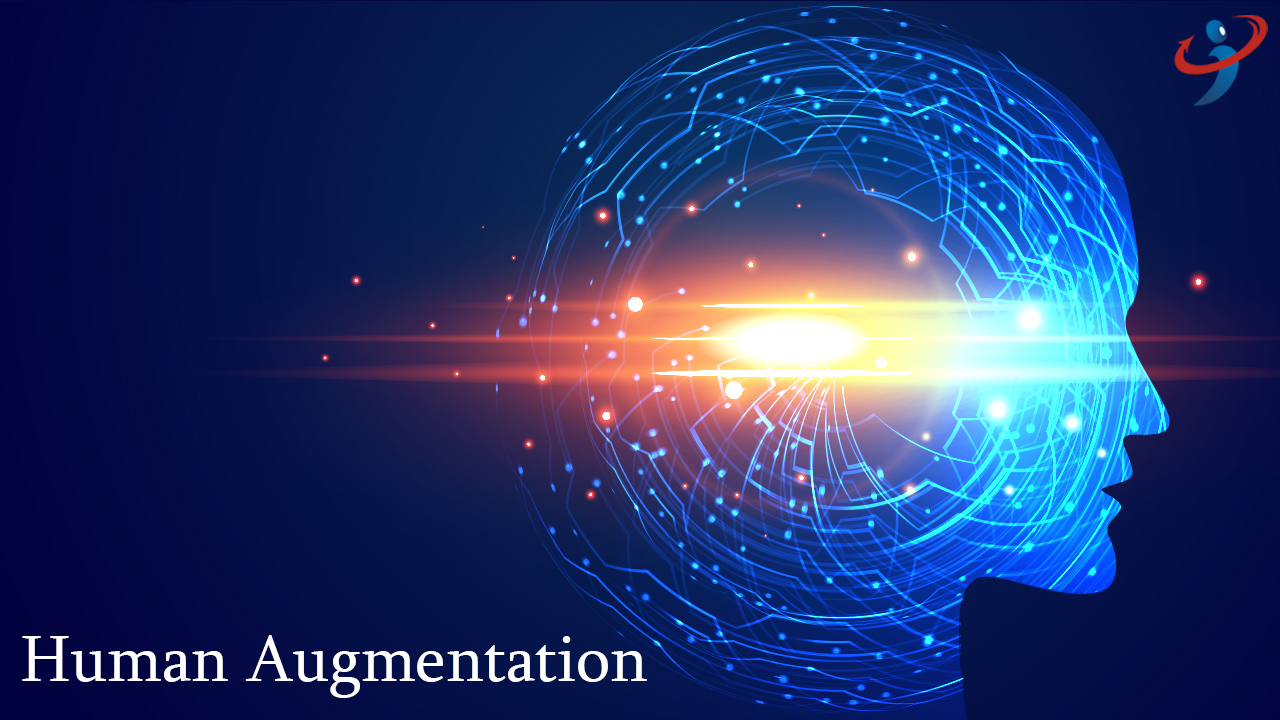The Dawn Of Technical Evolution: Human Augmentation

The development brought about by modern technology is the reason for the emergence of Human Augmentation, which improves the way we operate and perceive the surrounding environment. As part of Gartner’s 2021 list of the Top 10 strategic technology trends 2021, Human Augmentation is the next hot topic. So, let’s talk about what this phenomenon is.
In the words of a layman, technology that enhances human productivity and enhances or restores the human body or mental abilities is the field of computing that we call human augmentation. The main purpose of this phenomenon is to improve cognition and the physical in the human experience. Although this concept is still relatively vague, the development of the technology aims to provide improvements in key areas such as human health, quality of life, and performance.
Some examples of its various applications include miners, who use wearable devices to improve worker safety or use data and applications to enhance learning or new experiences, nano-robot technology, and surgeries to improve performance.
Other examples include devices that help in possessing improved sensory functions, such as Google glasses for viewing enhanced visual content, next-generation cochlear implants for auditory sensing and processing, orthopaedic or limb devices that improve muscle function.
Enhanced technology supports specific IT resources such as the cloud, big data, and mobile computing. These devices also include wearable devices, such as watches or bracelets that connect the human body to external data sources that can be based on audio, images, or text.
Types of Human Augmentation
Human augmentation can be divided into three main groups which hold varying functions:
1. Replicating human ability
Human augmentation techniques restored or replicated from conventional human capabilities come under the replication category. For example, this may be a hearing aid for the deaf or a prosthetic limb for disabled people.
Replication helps to promote equal opportunities for people who have experienced catastrophic accidents or diseases, or for people who were born with inadequacies and face hindrances while meeting their everyday needs. The equipment used here helps to make extensive psychological assistance to their users.
2. Supplementing human ability
Human augmentation technology that enhances the human ability to do things belongs to the supplementation category. For example, these can be devices that artificially enhance a person’s strength, improve vision, exceed the normal limit, or enhance the person’s intelligence. This type of human augmentation that strengthens one’s physical or intellectual limitations can revolutionize our culture and strengthen our perspectives.
3. Exceeding human ability
Human augmentation technologies allow us to perform any phenomenon that we are physically restricted from performing. These technologies belong to the category exceeding augmentation category. For example, consider typical superhero skills, such as being able to fly, breathe underwater, detect through smell the chemicals that cannot be detected from the normal olfactory sense, and so on. Although we might think that this augmentation effect is the most fascinating, it is also the most distant and will take longer to shape properly. Its current applications are largely related to special use cases, such as the military or certain specific industries.
Daily Life Examples of Human Augmentation
As companies from all walks of life around the world explore new and effective applications of human augmentation techniques, the following are some daily examples of this technology trends. Some of them are still in the early stages of development:
Naked Prosthetics
Naked Prosthetics is a company that develops and manufactures robust and custom prosthetic equipment (especially for lost fingers). The company aims to support people who have undergone finger amputation by enriching their lives and providing them with useful functional prosthetics.
Skylight
Skylight is the platform by Upskill, which has partnered with Google to develop smart glasses for aviation engineers. Glasses help in making nut B, which is the key part of a jet engine. These bolts must be tightened effectively to avoid engine failure. Sunroof goggles help detect when the worker has tightened nut B, and a torque wrench connected to WiFi is used to ensure that nut B is properly fastened.
Teslasuit
Teslasuit is a human-to-digital interface designed to simulate the experience and enhance user skills through wearable haptic technology. The suit can control the temperature of the wearer, provide haptic feedback, and track the user’s movement. Although the technology is currently used for virtual reality immersion, the concepts used in its development can also be easily related to human augmentation technology.
HoloLens 2
Hololens 2 is untethered mixed reality equipment with applications and solutions that improve collaboration. The device enables users to visualize and manipulate objects in holographic forms. The device has a variety of industrial and commercial applications, including games, training employees, and 3D computer-aided design and design collaboration.
Zapata Flyboard Air
Zapata Flyboard Air is a hoverboard powered by a turbojet engine. In this hoverboard, the user stands on it like a skateboard or surfboard, and the skateboard can fly in the air at a speed of up to 140 km/ h. Until now, this technology is very expensive.
SolarEar
SolarEar is a company that produces inexpensive rechargeable solar energy and eco-friendly hearing aids. Helps provide affordable alternatives to traditional hearing aids for people who are hard of hearing or near deafness.
Conclusion
Gartner predicts that in the next ten years, high levels of cognitive and physical human augmentation will become more common as people explore personal enhancements. This will create a new “consumerization effect”, where employees will try to leverage these personal enhancements to improve their office environment.
Before adopting this technology, all companies should focus on five main areas, including security, data privacy, regulatory and government compliance, any potential impacts on long-term physical and mental health, and ethical issues seriously. It is time for us to work hard to determine how to respond to and manage this new technology and to see how we can use it effectively and positively.